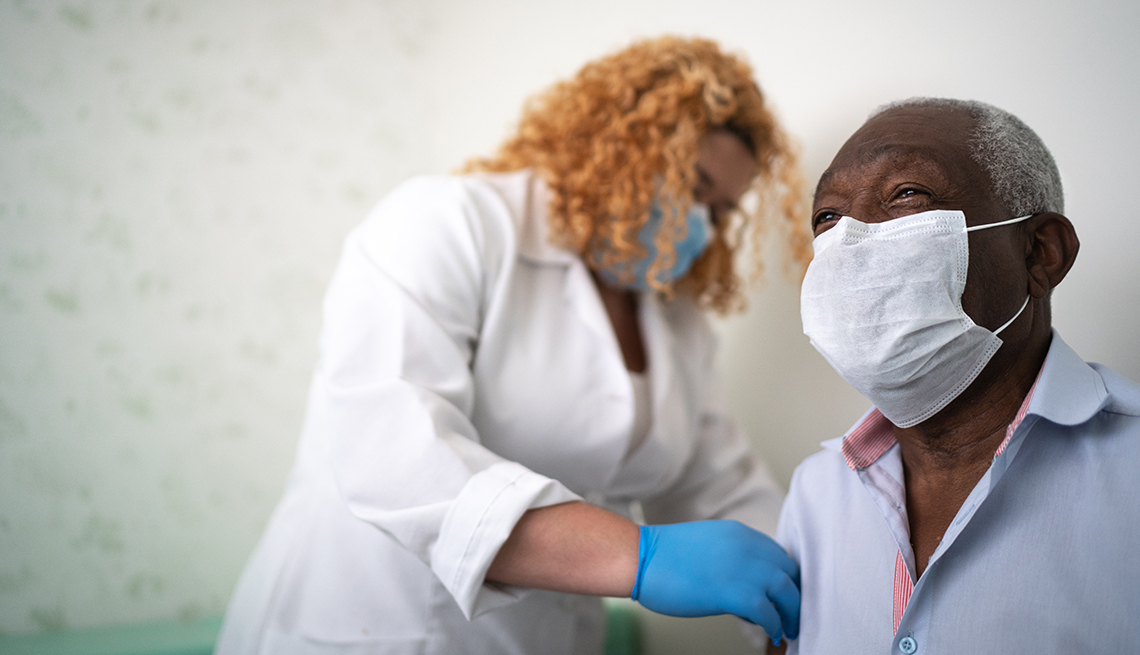
What to know about getting the covid-19 vaccine
- Select a language for the TTS:
- UK English Female
- UK English Male
- US English Female
- US English Male
- Australian Female
- Australian Male
- Language selected: (auto detect) - EN
Play all audios:

EXPECT SOME MILD SIDE EFFECTS No serious side effects were reported in clinical trials, but you may feel under the weather for a few days after you get the shot, says William Schaffner,
M.D., an infectious disease specialist at Vanderbilt University Medical Center in Nashville, Tennessee, and medical director of the National Foundation for Infectious Diseases. In addition
to a sore arm, reported side effects include tiredness, headache, muscle pain, joint pain, chills, fever, nausea, swollen lymph nodes and a delayed rash or swelling at the injection site.
“These are not COVID,” Schaffner says, noting that there is no COVID-19 virus in any of the vaccines. “It’s your immune system responding. It’s a small price to pay for what looks to be very
solid protection.” Side effects are less common in patients 55 and older, according to the CDC, and they occur more frequently after the second dose. To play it safe, Schaffner recommends
not making any big plans for the few days after you get a dose of the vaccine. If you have a history of severe allergic reactions, also known as anaphylaxis, talk to your doctor before you
get the vaccine, advises Robert Finberg, M.D., an infectious disease specialist at UMass Medical School and a member of Massachusetts’ COVID-19 Vaccine Advisory Group. WHICH VACCINE SHOULD
YOU GET? The CDC does not recommend one shot over another. All three vaccines are free for all people living in the United States, regardless of their immigration or health insurance status,
and widely available at doctors’ offices, retail pharmacies and hospitals. To find a location near you, go to Vaccines.gov, text your zip code to 438829, or call 800-232-0233. The
Pfizer-BioNTech and Moderna vaccines both use a technology known as mRNA to deliver a small fragment of genetic code to your cells to encourage your body to produce antibodies. The J&J
vaccine works differently. It uses a harmless virus that can no longer replicate, called an adenovirus, to send a genetic message to your cells. There are also practical differences. The
biggest one, of course, is that the J&J vaccine requires only one shot.
